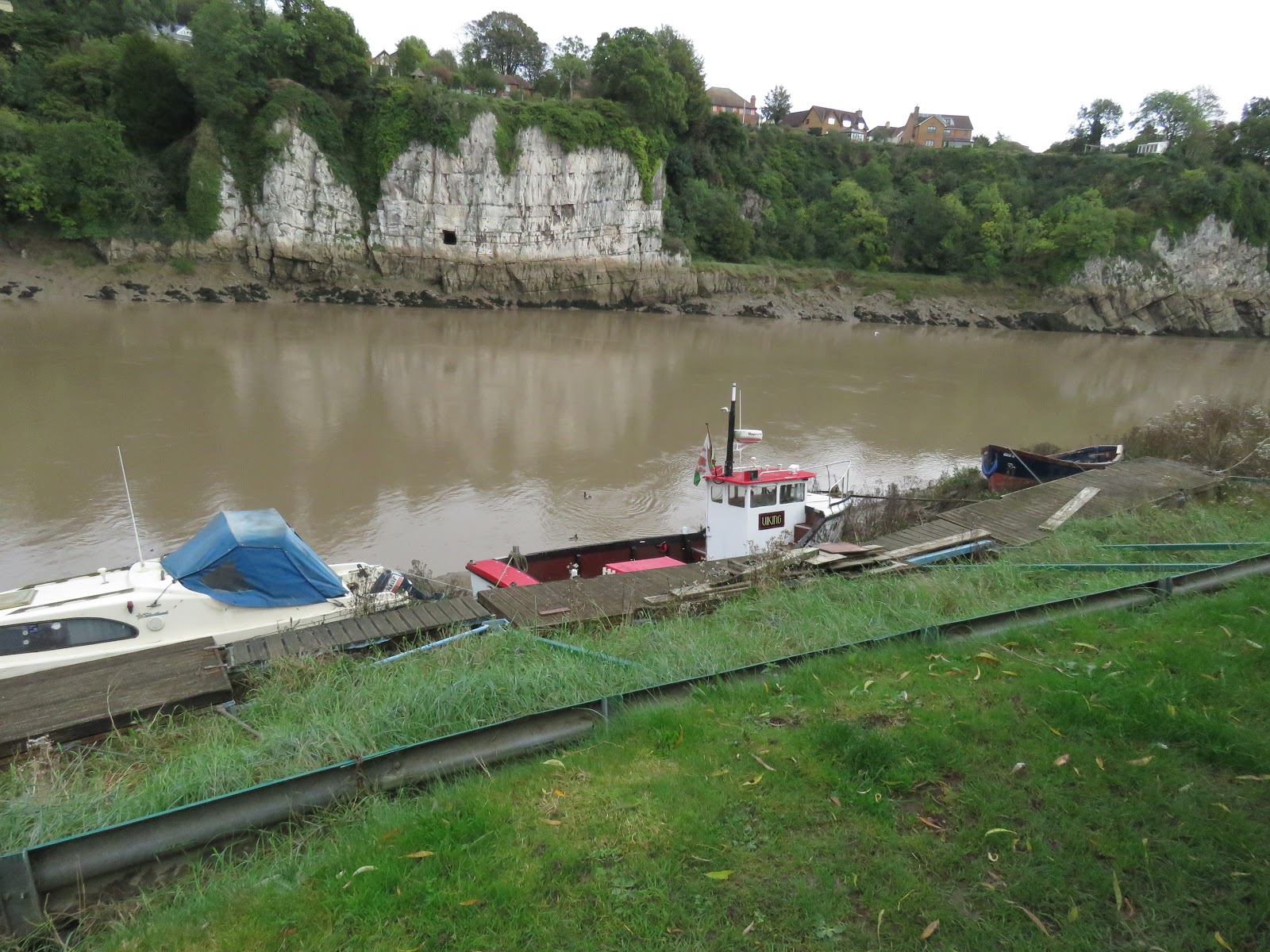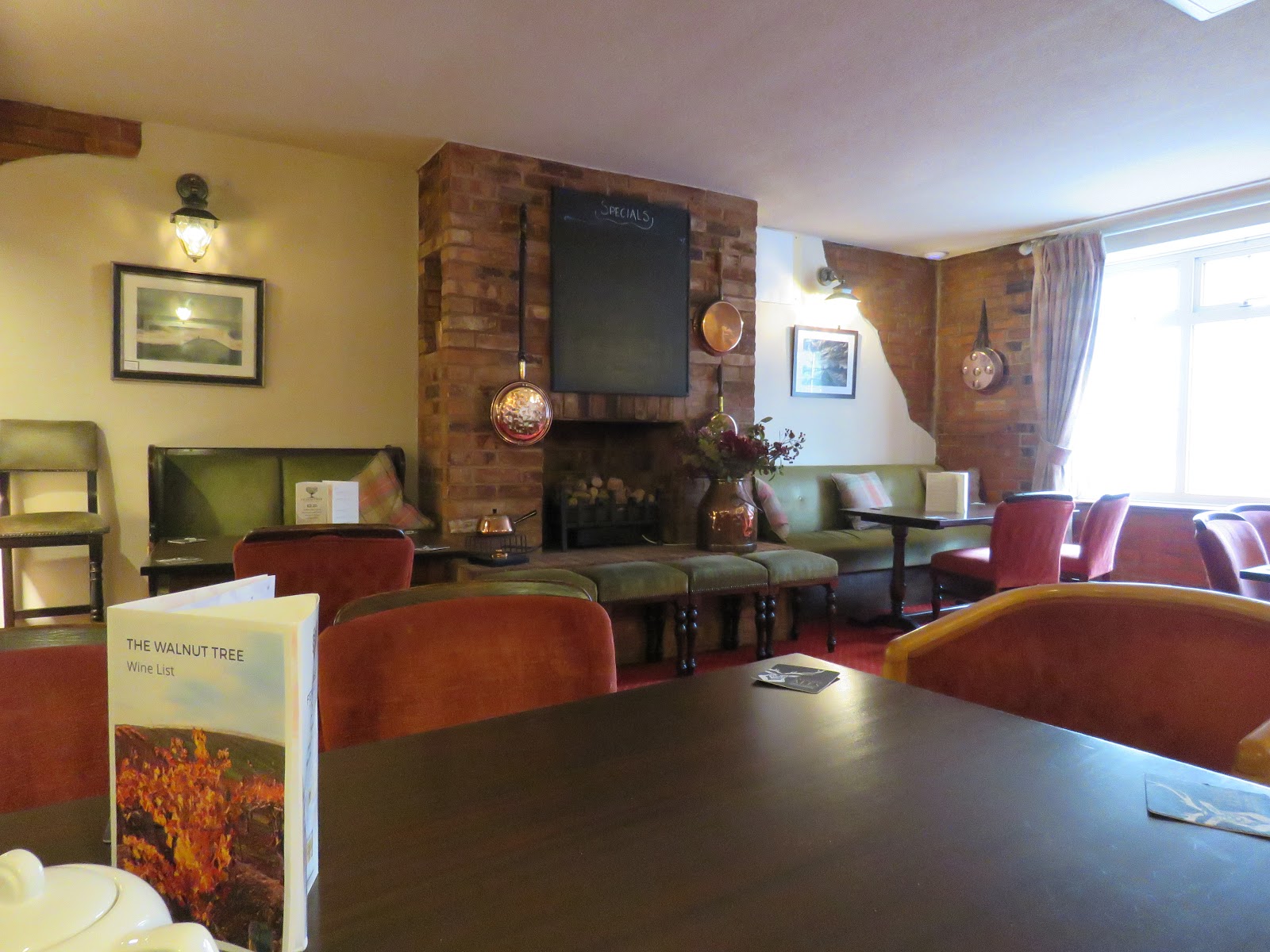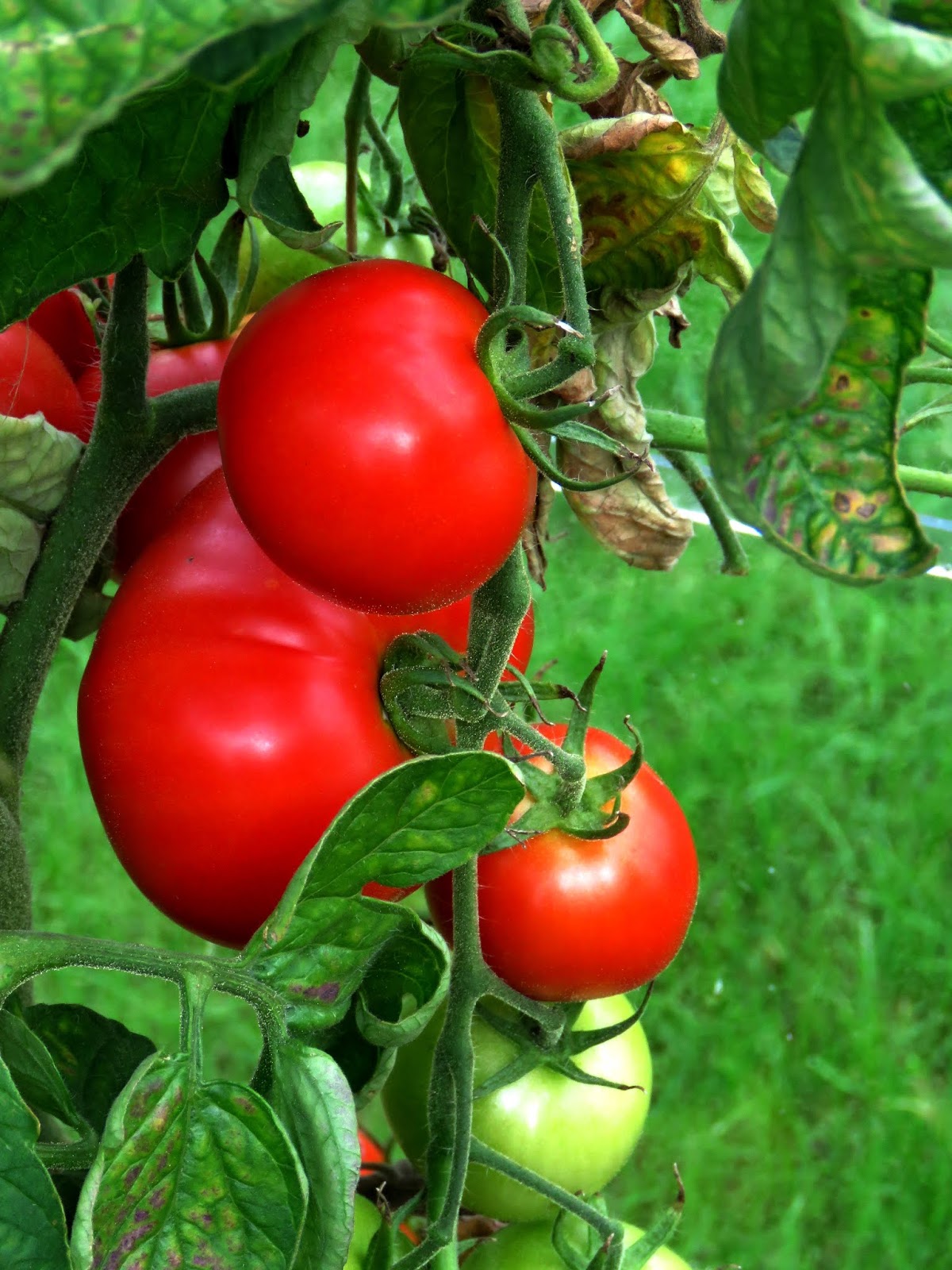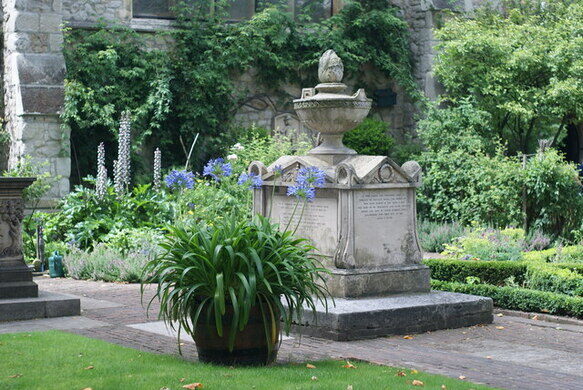 |
| Chepstow Castle was impressive as we approached. |
Fascinating Fact of the Day About Chepstow:
Chepstow was given its first charter in 1524 and became part of Monmouthshire when the county was formed. The town appears as “Strigulia”, “Chepstowe” and “Castelh Gwent” on the Cambriae Typus map of 1573.[10] The castle and town changed hands several times during the English Civil War and the regicide Henry Marten was later imprisoned and died in the castle. The port continued to flourish; during the period 1790 to 1795, records show a greater tonnage of goods handled than Swansea, Cardiff, and Newport combined. Chepstow reached the peak of its importance during the Napoleonic Wars, when its exports of timber, for ships, and bark, for leather tanning, were especially vital. There were also exports of wire and paper, made in the many mills on the tributaries of the Wye. An important aspect of Chepstow’s trade was entrepôt trade: bringing larger cargoes into the manageable deep water of the Wye on high tide and breaking down the load for on-shipment in the many trows up the Wye to Hereford past the coin stamping mill at Redbrook, or up the Severn to Gloucester and beyond. Chepstow also traded across the estuary to Bristol on suitable tides to work vessels up and down the Avon to that city’s centre. Many buildings in the town remain from the late 18th and early 19th centuries; the elegant cast-iron bridge across the Wye was opened in 1816 to replace an earlier wooden structure.”
 |
| The main entrance to the castle. |
Wales/England/UK takes pride in the maintenance of their castles which was evidenced on both Tuesday and Wednesday when we toured yet another stunning structure with Linda and Ken, Raglan Castle which we’ll share in a few days once we’ve completed posting photos of Chepstow Castle.
 |
| Coat of arms on shields at the entrance gate. |
With both Linda and Ken as skilled photo enthusiasts, we all ran about seeking the most advantageous photos ops of which there was an endless supply. We oohed and ahhed from area to area totally in awe of what our eyes beheld.
 |
| Unfortunately, it was another cloudy day but it never rained while we were touring the castle with Linda and Ken. |
Of course, we couldn’t wait for the opportunity to do research to discover more about the castle and its varied history. The Internet was rife with comments and observations at numerous sites.
 |
| Linda and I bundled up on a cool day. I had three layers under my hoodie. |
However, we’ve found the history we’ve included today and in the next few days was most thorough and comprehensive at this site, one we often use for historical facts.
 |
| Ken and Tom posing at a window. |
There’s some controversy if Wikipedia’s information is accurate but we often find other information, perhaps written as a “personal observations” less accurate as opposed to the history itself that Wikipedia strives to present.
 |
| Inside the entrance courtyard. |
Here is a portion of the information on the building of Chepstow Castle we gleaned from the above-mentioned site which we’ll continue to add to in the next few day’s posts:
“Chepstow Castle (Welsh: Castell Cas-gwent) at Chepstow, Monmouthshire, Wales is the oldest surviving post-Roman stone fortification in Britain. Located above cliffs on the River Wye, construction began in 1067 under the instruction of the Norman Lord William FitzOsbern. Originally known as Striguil, it was the southernmost of a chain of castles built in the Welsh Marches, and with its attached lordship took the name of the adjoining market town in about the 14th century.
In the 12th century, the castle was used in the conquest of Gwent, the first independent Welsh kingdom to be conquered by the Normans. It was subsequently held by two of the most powerful Anglo-Norman magnates of medieval England, William Marshal and Richard de Clare. However, by the 16th century its military importance had waned and parts of its structure were converted into domestic ranges. Although re-garrisoned during and after the English Civil War, by the 1700s it had fallen into decay. With the later growth of tourism, the castle became a popular visitor destination.”
 |
| Many floors of the castle were long gone but it was easy to determine where the floors were located by the placement of fireplaces and windows. |
The ruins were Grade I listed on 6 December 1950. (In the UK, ruins are graded by number with those in the poorest condition at the lower end of the spectrum. If they aren’t graded, they may be subject to demolition. Obviously, not all ruins are worthy of restoration).
 |
| It was easy to imagine how an area such as this would have been used in centuries past. |
“Chepstow Castle is situated on a narrow ridge between the limestone river cliff and a valley, known locally as the Dell, on its landward side. Its full extent is best appreciated from the opposite bank of the River Wye. The castle has four baileys, added in turn through its history. Despite this, it is not a defensively strong castle, having neither a strong keep nor a concentric layout. The multiple baileys instead show its construction history, which is generally considered in four major phases. The first serious architectural study of Chepstow began in 1904 and the canonical description was long considered to be by Perks in 1955. Recent studies have revised the details of these phases but still, maintain the same broad structure.”
 |
| The sun peeked out just as we were done with our self-tour. |
It’s easy to imagine life in a castle during the medieval era. Of course, many of us have had an opportunity to watch TV series and movies depicted the difficult lives of the occupants of the castles (and more so for those outside the castle).
 |
| This stunning parlor or bedroom had obviously been restored to what may have been it’s natural beauty. This room is awe-inspiring. |
Disease was rampant and life expectancy was alarming low: “Life expectancy at birth was a brief 25 years during the Roman Empire and it reached 33 years by the Middle Ages and raised up to 55 years in the early 1900s. In the Middle Ages, the average life span of males born in landholding families in England was 31.3 years and the biggest danger was surviving childhood.”
 |
| The view through an arched doorway… |
 |
| The leaves are turning on the beautiful trees on the grounds of Chepstow Castle. |
Today, we’re back on our own planning to walk down the road for lunch at the local pub. Much to our delight, the sun is shining although the temperature is quite cool, starting this morning at 46F, 8C. I suppose this cool weather is good for us to adjust when we’ll be in bitter cold Minnesota in a mere 22 days.
 |
| A female resting beside her mate. For more, please click here. |































































































